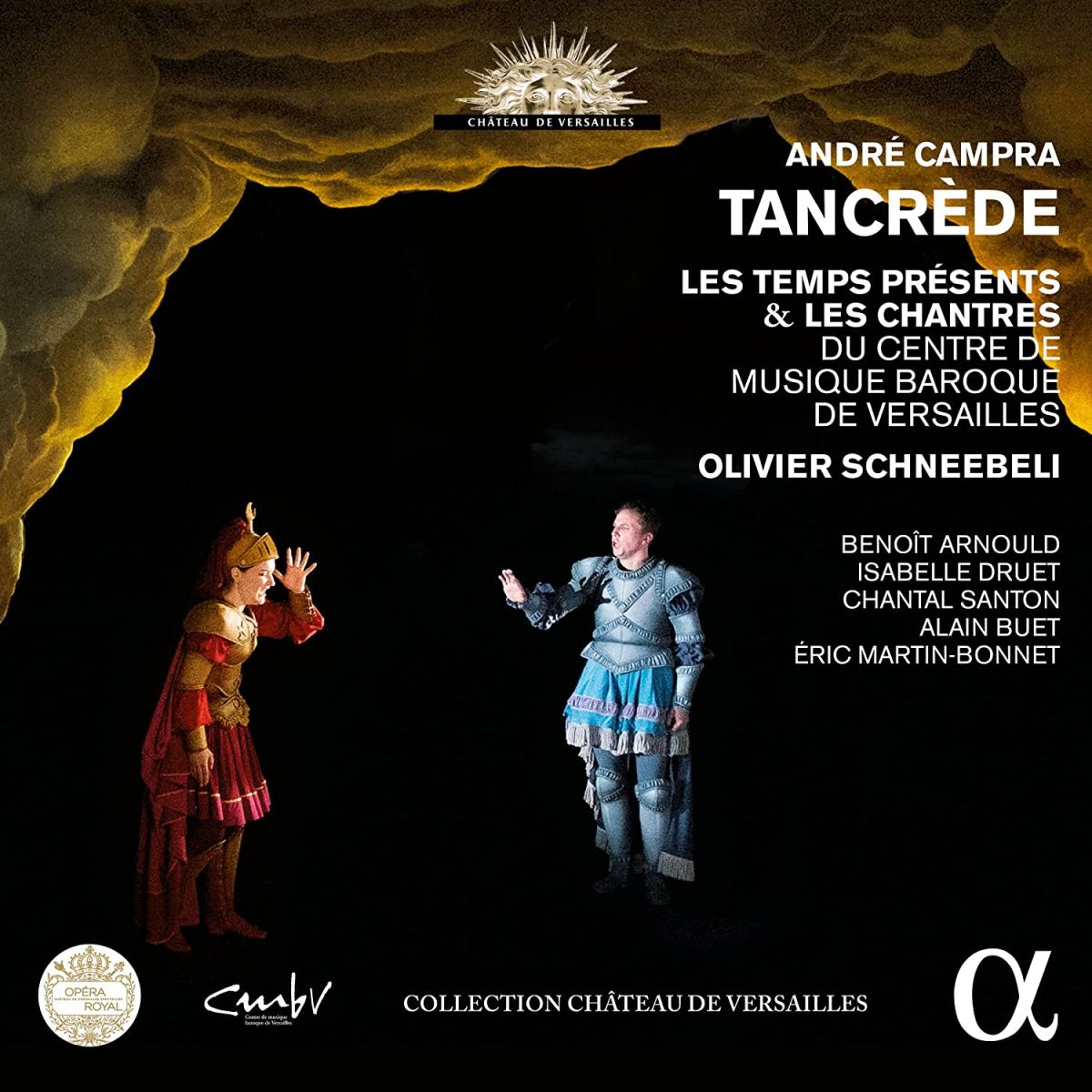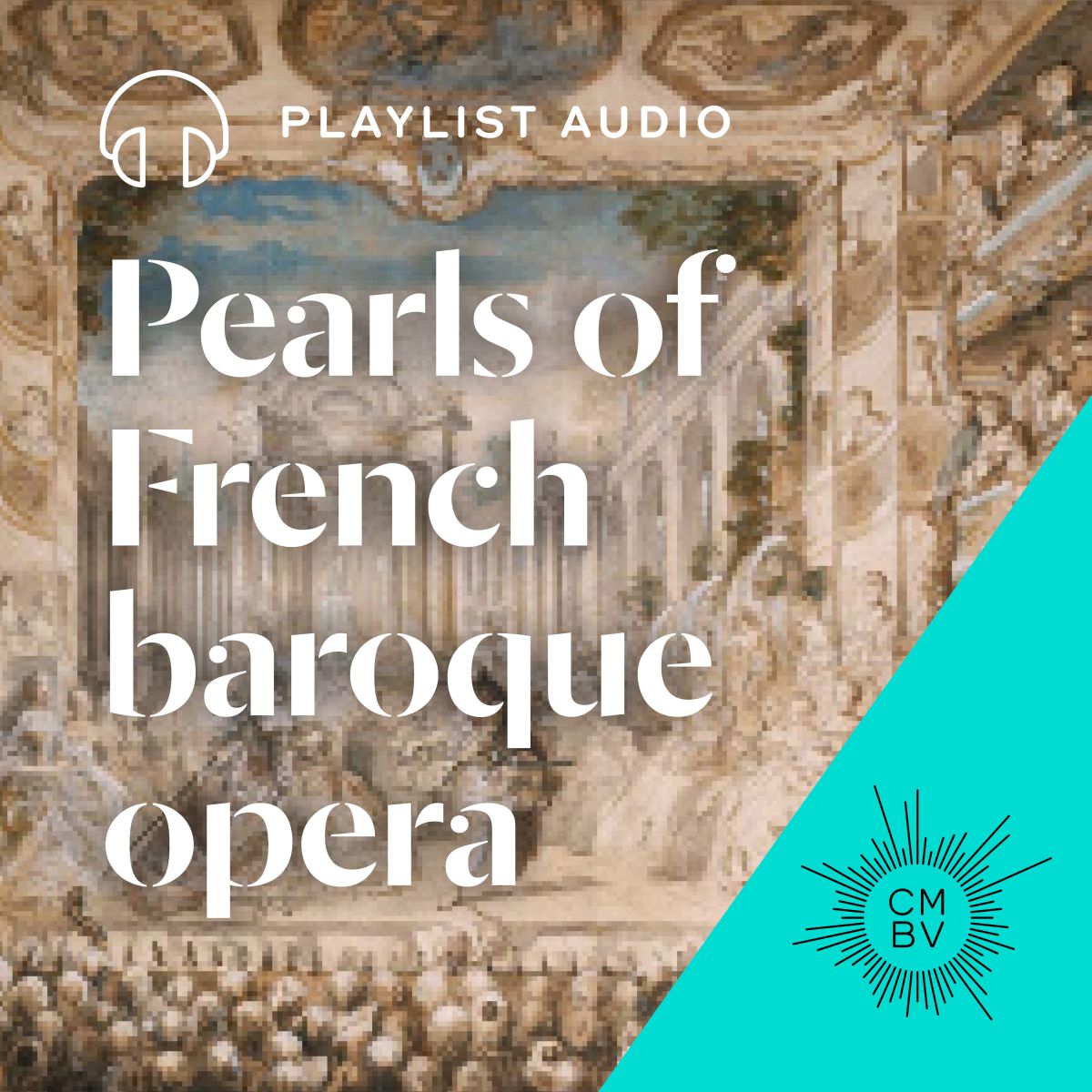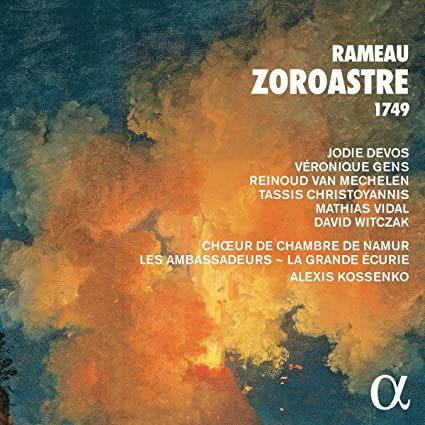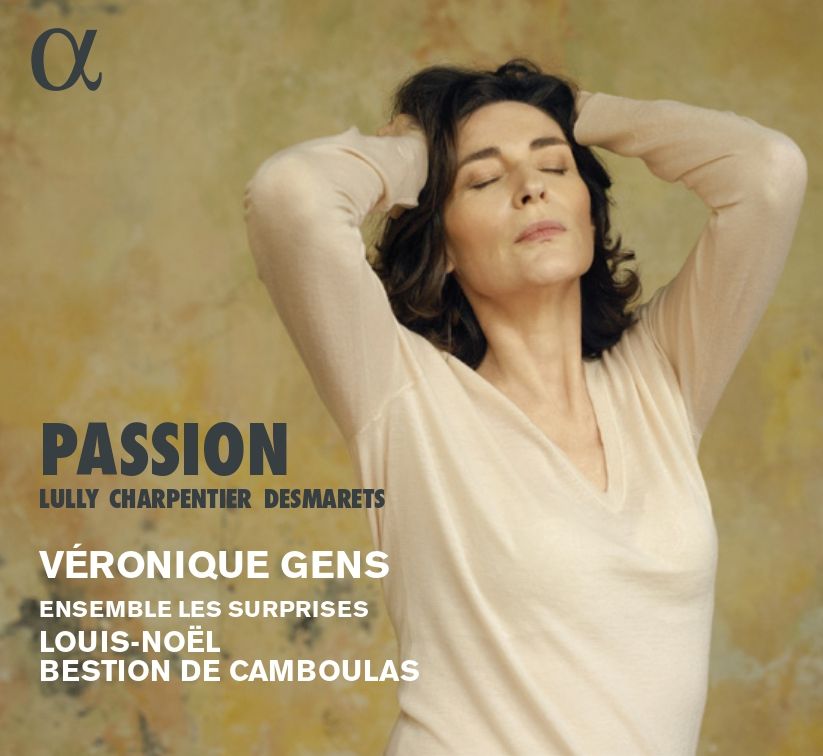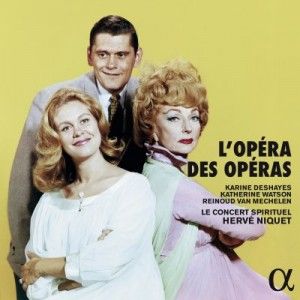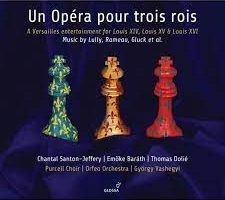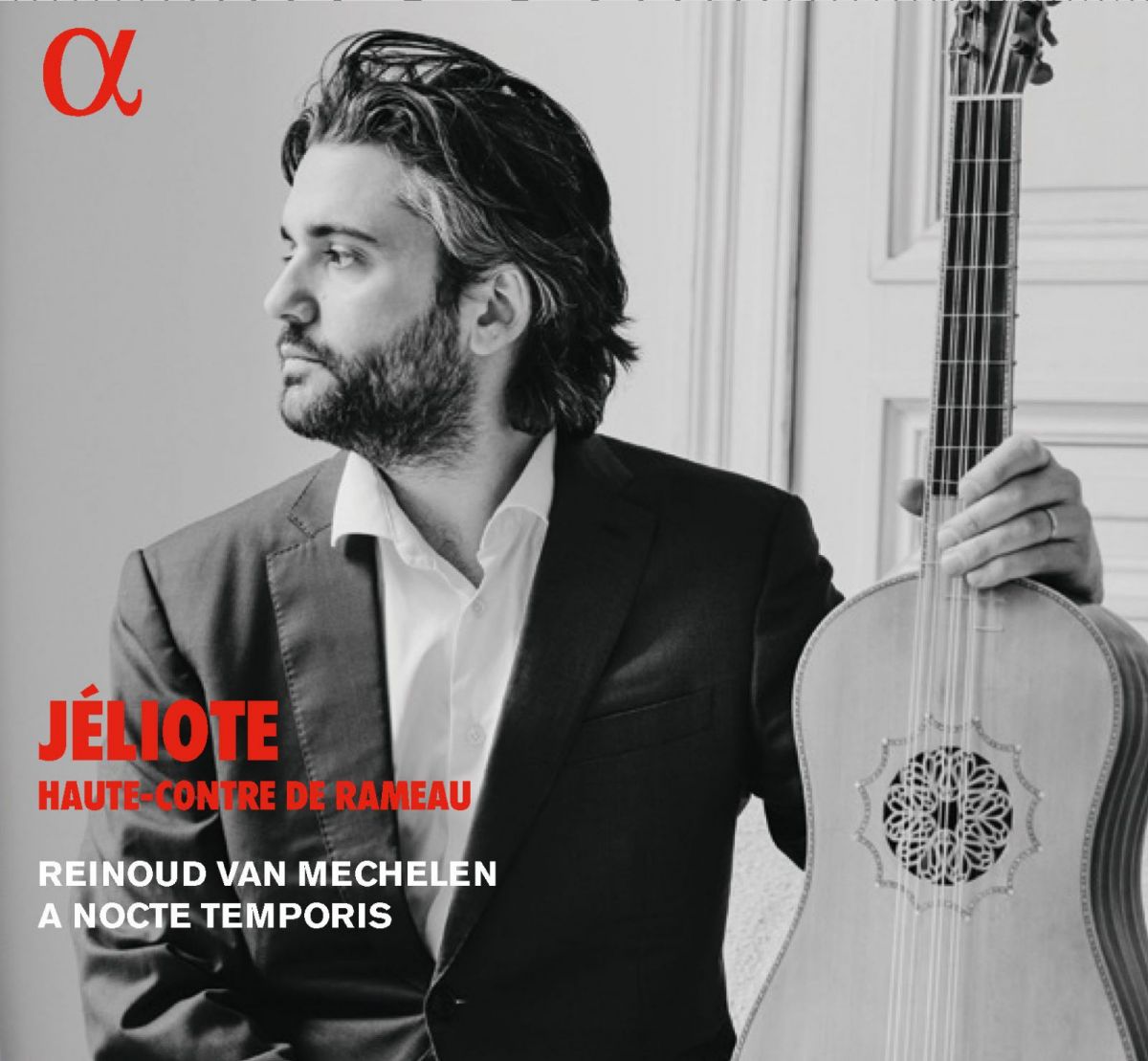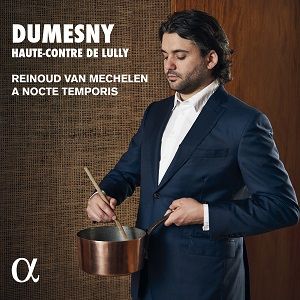Each month, the Centre de musique baroque de Versailles establishes a thematic playlist for you to experiment an immersive journey in the French musical repertoire of the 17th and 18th centuries. Enjoy the music!
By Benoît Dratwicki, artistic director and researcher at CMBV
The French opera of the 17th and 18th centuries was a grand show machine, in which music held a central place: music supports the singers and dancers, accompanies the choirs, underlines the theatrical scenery changes, depicts various atmospheres, it is in turn poetic, dramatic and choreographic. The CMBV offers you a journey to the heart of this kaleidoscopic repertoire, through masterpieces and rarities interpreted by the greatest specialists of the French style.
« Zoroastre » is one of Rameau's major works: for the first time, the composer imagines a program opening (opposing good and evil forces) for the prologue. This recording is one of the most recent co-productions carried out by the CMBV: it allows us to hear the accomplishment of the conductor Alexis Kossenko’s musicological work of the applied institution. The orchestra’s size, the use of the continuo, the musician’s layout are all historical parameters that have been respected, generating a particular timbre quality and energy, raising both a thunderous and refined music.
« Passion », an album dedicated to the magical art of Véronique Gens, was conceived by the conductor Louis-Noël Bestion de Camboulas and the CMBV, as a miniature French baroque opera respecting its mandatory scenes. Among the most attractive sequences, the one devoted to night and sleep (Le Triomphe de l’Amour et La Diane de Fontainebleau) perfectly contrasts with the funeral pomp and the lamentation chorus from Alceste.
« The Opera of operas » imagined by the CMBV with Hervé Niquet’s Le Concert Spirituel in 2017 during their thirty years of collaboration anniversary, also presents itself as a series of highlights of Baroque opera: Dauvergne and Rameau, two grand lyrical scene authors during Louis XIV’s reign, share the celebrity and intermingle their art without it being easy to distinguish them.
« Un Opéra pour trois rois » (“An Opera for Three Kings”), conceived by the CMBV with György Vashegyi, traces back the history of opera under Louis XIV’s, Louis XV’s and Louis XVI’s reigns: the selected music extracts alternate between pages full of passion signed Bury or Rameau, and others of a great tenderness, signed Dauverge, Rameau and Piccinni, whose Atys’ “sleep” (created in 1780) is a reference to Lully, who invented the genre a century earlier.
With « Rivales », the CMBV and Julien Chauvin retraced two prime donne’s careers of the late 18th century, Mme Saint-Huberty and Mme Dugazon, whose most inspired pages have been assigned to Véronique Gens and Sandrine Piau, two long-time friends and confidants: Monsigny and Edelmann, represented here, reveal two contrasting aspects of a musical period straddling the line between Baroque and Romanticism.
« L’opéra du Roi-Soleil » (“The Sun-King’s opera”), an album pictured by the CMBV with Alexis Kossenko to highlight Katherine Watson’s velvet voice, a singer full of sensitivity, is an opportunity to highlight Marais and Campra through some of their masterpieces. (Ariane et Bacchus, Alcyone, L’Europe galante, Idoménée).
Finally, this playlist reports on the wonderful project undertaken by Reinoud van Mechelen , supported by the CMBV, to rehabilitate the great figures of the French countertenor voice under the Ancien Régime. The first two volumes bear witness to the refinement of the scores composed for Dumesny at the time of Louis XIV and for Jéliote at the time of Louis XV, by some authors such as Desmarest, Mondonville or La Borde.
New in March 2025, tracks have been added to complete your immersion in French Baroque opera.
First of all, discover a selection of Rameau's operas under the baton of György Vashegyi, a close partner of the CMBV for ten years: the renowned « Indes galantes », the ‘pastorale héroïque’ « Naïs » and the ‘ballet héroïque’ « Les Fêtes de Polymnie ».
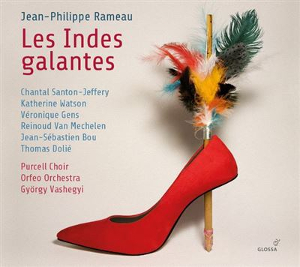
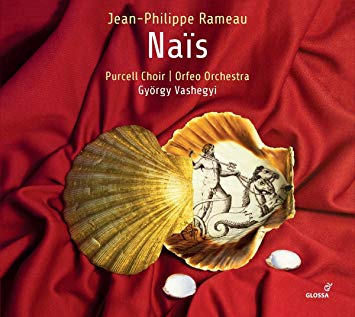
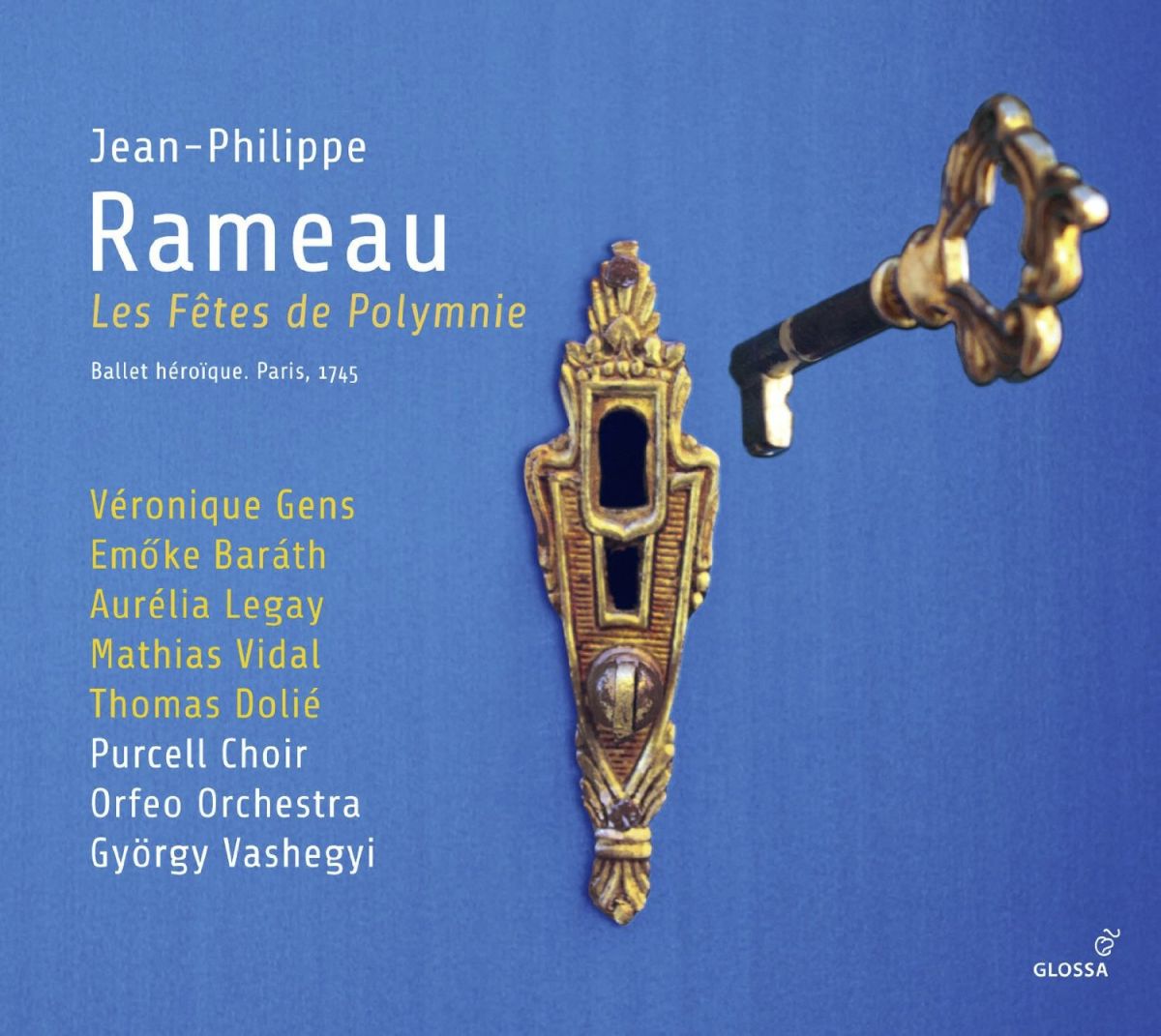
Finally, listen to « Le Temple de la Gloire », first performed in 1745 to a libretto by Voltaire. This version, performed by Les Agrémens, the Namur Chamber Choir, conducted by Guy Van Waas, captures the essence of Rameau's music with remarkable precision and passion.
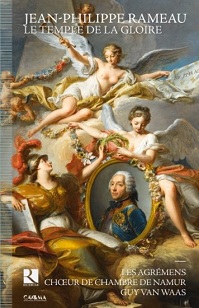
After Rameau, let us now take a diversion to hear a few rarities: Gossec's « Thésée » magnificently interpreted by the choir and the rich orchestration of Les Agrémens; the poignant interpretation of Grétry's « Andromaque » by the Concert Spirituel; Vogel's « La Toison d'or », by the same performers, who capture the dramatic intensity and orchestral richness of the work.
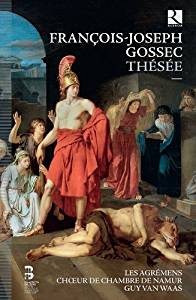
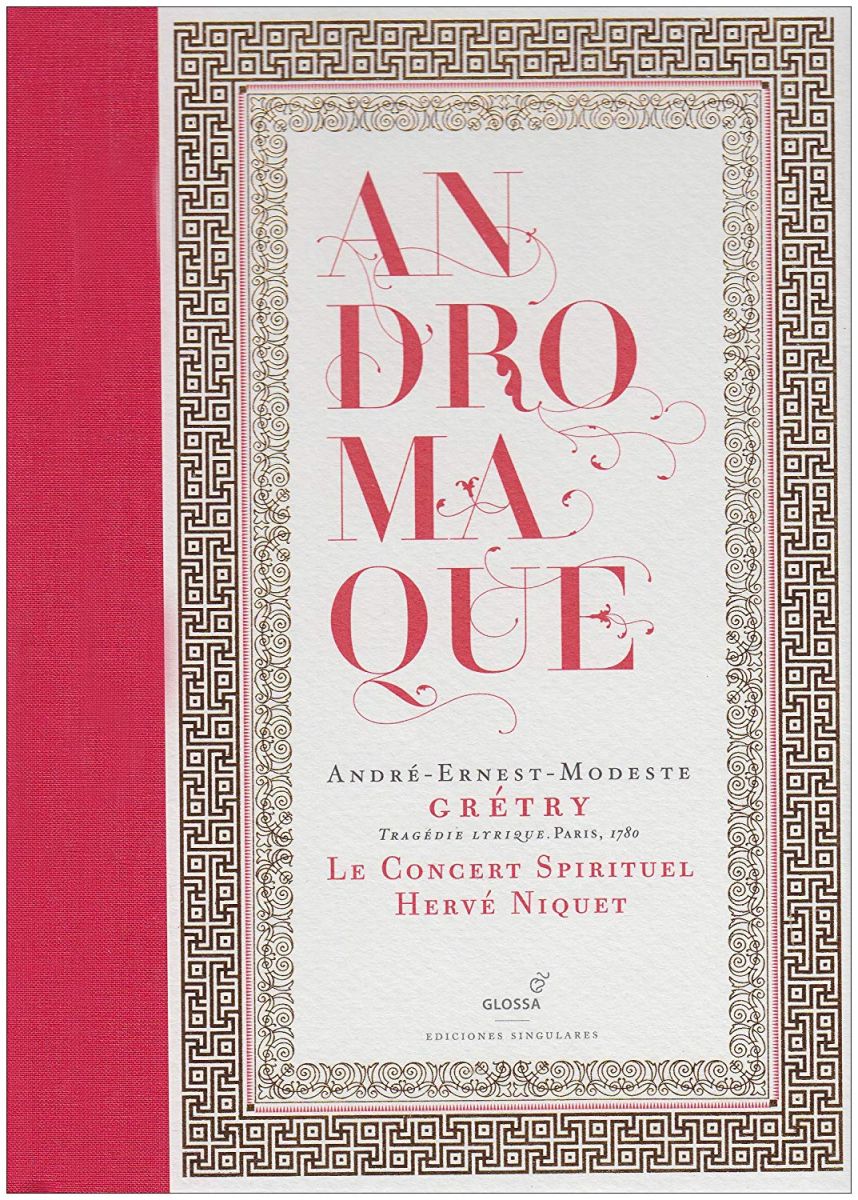
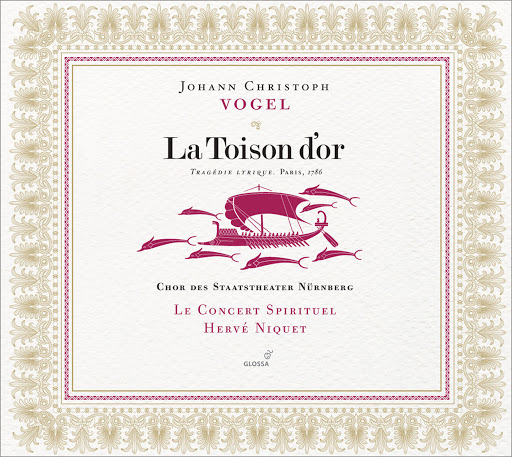
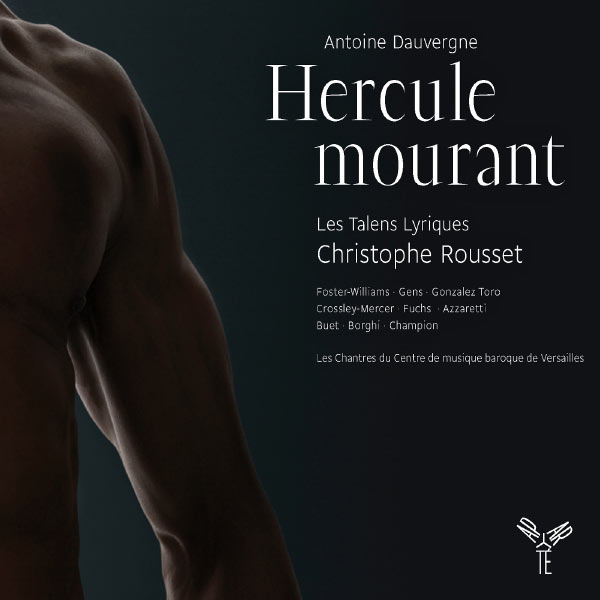
Conducted by Christophe Rousset, Les Talens Lyriques revive Antonio Salieri's « Les Horaces ». The performance is marked by constant dramatic tension and great musical richness.
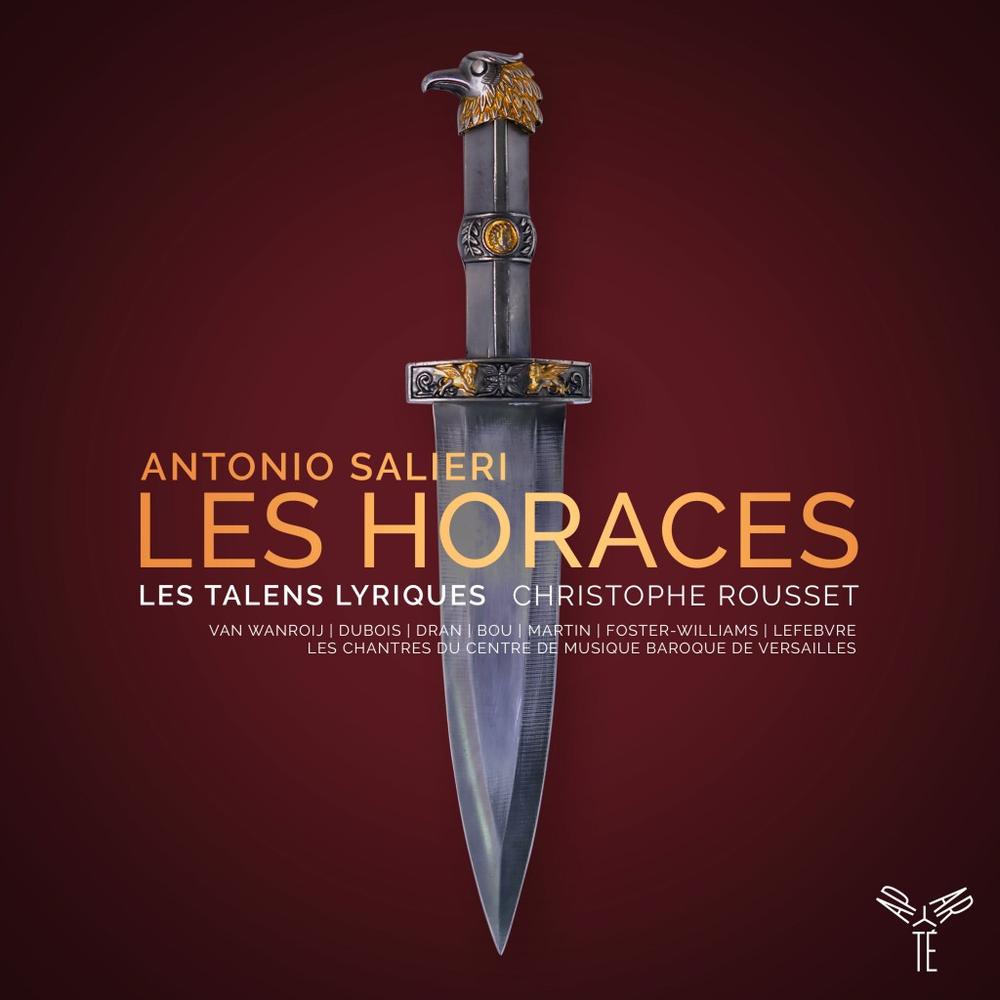
This is followed by the colourful orchestrations and elegant dances of the ‘mer tranquille’ from Destouches' « Éléments », performed by the Concert Spirituel.

A return to another ‘heroic pastoral’ performed by the Orfeo Orchestra and the Purcell Choir conducted by György Vashegyi. This recording of « Isbé » de Mondonville highlights the finesse and richness of the composer's musical writing.
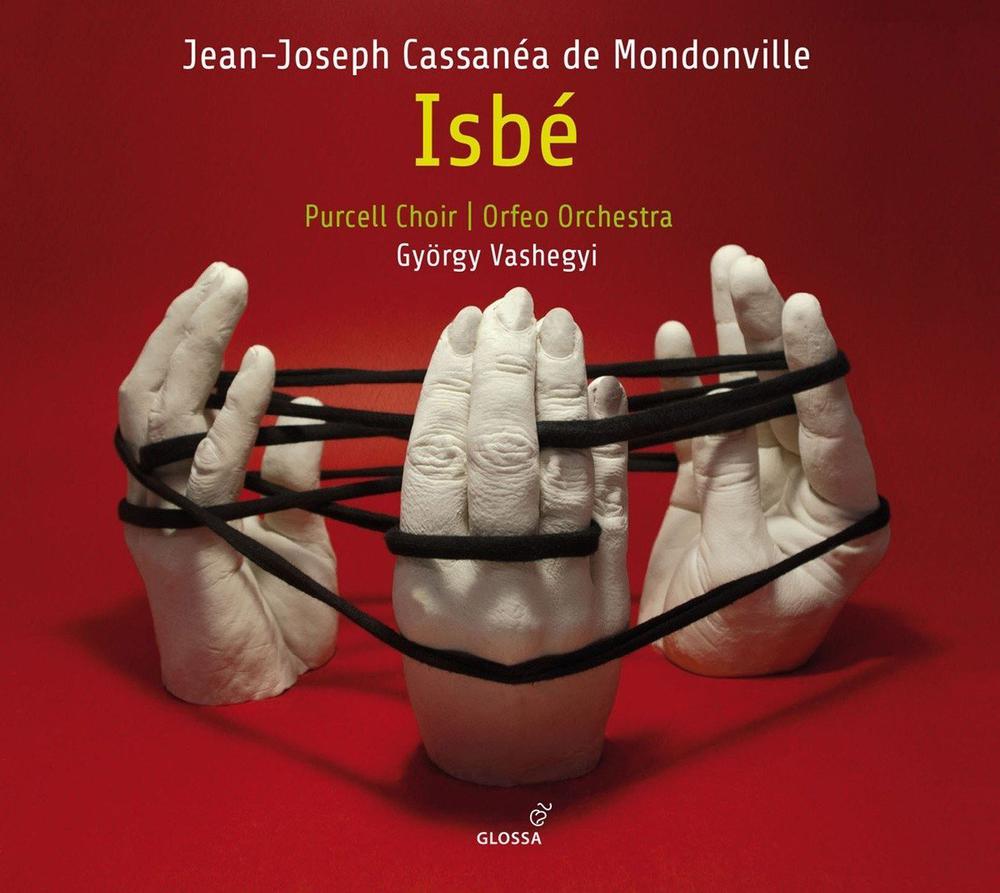
The gems of French Baroque opera would be incomplete without an anthology of works by Lully. Here are some extracts from the 1770 version of « Persée » by the Concert Spirituel, conducted by Hervé Niquet. Just what you need to await the release of the forthcoming disc on the resolutely new and historically informed « Persée » that is being prepared in this valuable collaboration between Hervé Niquet and the Centre de musique baroque de Versailles.
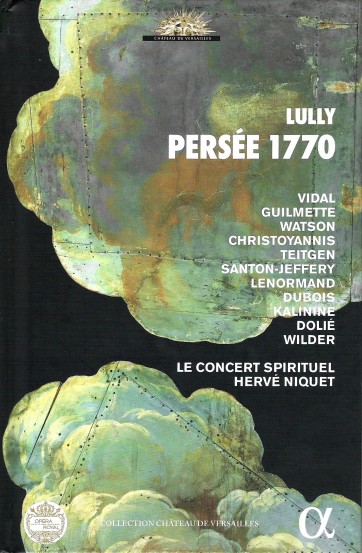
The playlist ends with a slightly rarer repertoire: Sacchini's « Renaud » by Les Talens lyriques (conductor Christophe Rousset), and Campra's « Tancrède » by Les Temps présents and Les Chantres du Centre de musique baroque de Versailles, conducted by Olivier Schneebeli.

